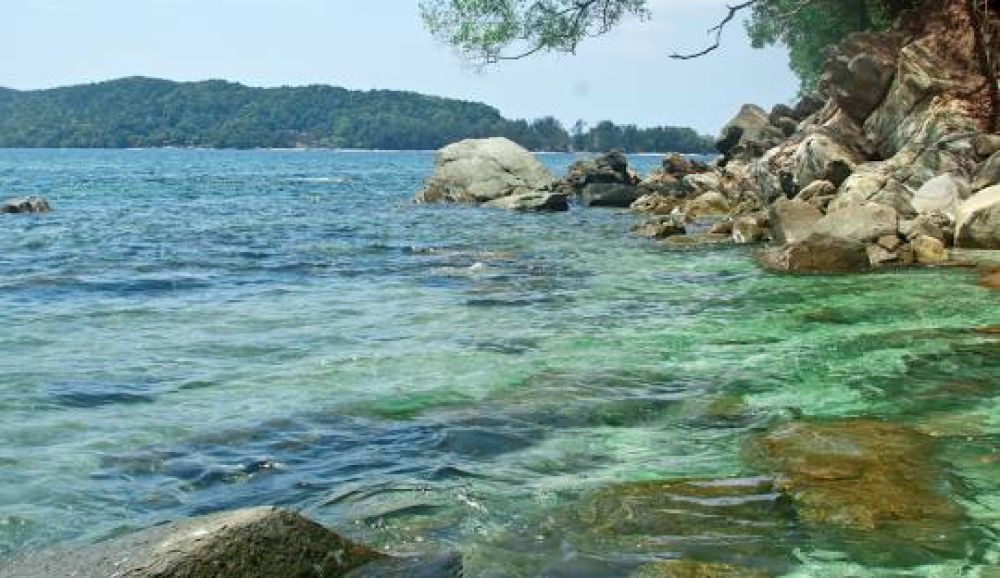

The Tunku Abdul Rahman National Park, located off the coast of Kota Kinabalu in Malaysia, is a cluster of five islands: Gaya, Sapi, Manukan, Mamutik, and Sulug. This marine park, named after the first Prime Minister of Malaysia, Tunku Abdul Rahman, was established in 1974 as part of Malaysia's effort to protect the marine biodiversity and natural environment while contributing to the socio-economic development through tourism.
Early Tourism: The history of tourism in Tunku Abdul Rahman National Park reflects a growing appreciation for natural wonders and the broader development of Malaysia's tourism industry. In its early days, the park attracted adventurers and scuba enthusiasts who were drawn to the pristine waters and the abundant marine life of the Coral Triangle. Initially, facilities were basic and mostly limited to local visitors or those with a keen sense of adventure.
Development and Expansion: With the rise in global travel in the 1980s and 1990s, Malaysia recognized the potential of its natural assets and began to invest in tourism infrastructure. Investments in Kota Kinabalu and its surrounding areas, including the park, led to improved accessibility, making its beauty available to a broader audience. The establishment of marine conservation programs also enhanced the park's status as a premier destination for snorkeling and diving.
The islands' infrastructure continued to develop with better ferry services, the construction of resorts and recreational facilities, and the implementation of sustainable tourism practices. These developments contributed to a more comfortable and enriching experience for visitors, aligning with international tourism standards.
Eco-Tourism: The park rides the wave of eco-tourism, with visitors increasingly seeking authentic and environmentally responsible travel experiences. The authorities have doubled down on conservation efforts, ensuring that the park's natural resources are preserved and visitor impact is minimized.
Adventure Tourism: Tunku Abdul Rahman National Park has emerged as a hotspot for adventure tourism. It offers a variety of water sports like parasailing, jet-skiing, and stand-up paddleboarding. Dive operators offer experiences ranging from beginner dives to advanced certifications, attracting a diverse range of tourists.
Day Trips and Accessibility: The park's proximity to Kota Kinabalu has made it exceptionally popular for day trips. Recent trends show a preference for shorter, more frequent holidays, and Tunku Abdul Rahman National Park benefits from being a convenient escape from the city.
Digital Influence: Social media and influencer marketing play a significant role in shaping modern tourism trends. Travelers are drawn to the park's photogenic landscapes and the opportunity to capture and share their experiences online, leading to an increase in its popularity.
Tunku Abdul Rahman National Park remains a cherished gem within Malaysia, balancing conservation and tourism, and continues to adapt to the evolving demands of the global travel community.